Everything you need to know about the Tour de France
Watch: Your guide to the Tour de France
- Published
The Tour de France is the world's biggest annual sporting event.
Usually held during the month of July, it sees almost 200 cyclists race over 2,000 miles in just 23 days.
While most of the race takes part in the towns, cities, countryside and mountains of France, it also often starts in a foreign country.
So, how well do you know your yellow jersey from your polka dot? Your mountain stage from your flat?
Keep reading to find out all you need to know about cycling's most famous race.
More sports news
- Published29 June
- Published4 June
What is the Tour de France?
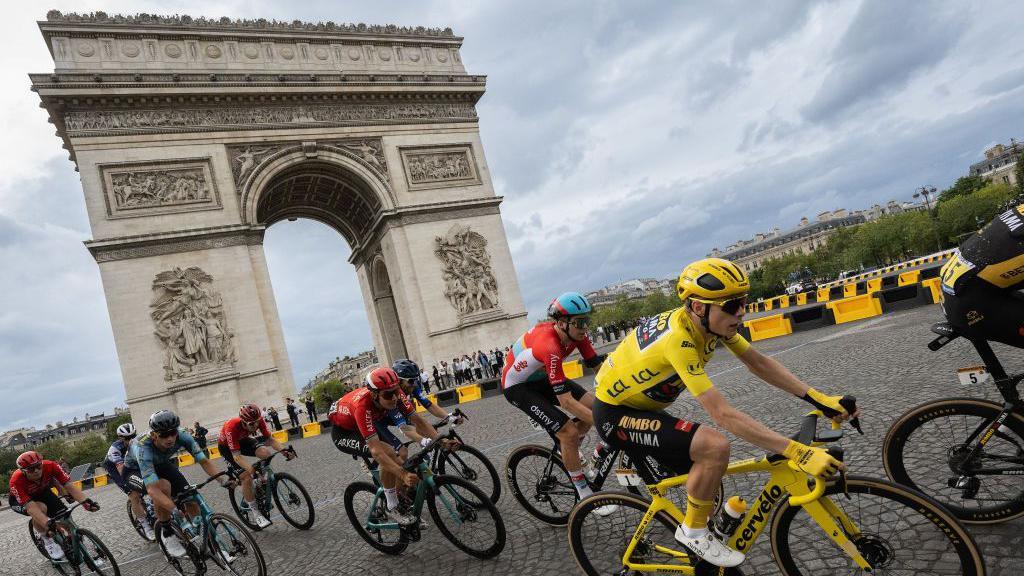
The Tour de France is basically a huge bike race around France! It's the biggest free sporting event in the world.
Millions of people line a route that's made up of 21 stages (or races) over 23 days - that means they only have two days off to rest. Ouch!
Twenty-two teams from right across the world are involved in the Tour, with each having up to nine riders.
The riders average around 25mph over the entire course.
But at some points they'll go a lot faster than that, sometimes over 70mph, as fast as cars can go on the motorway!
How and when did the Tour de France start?
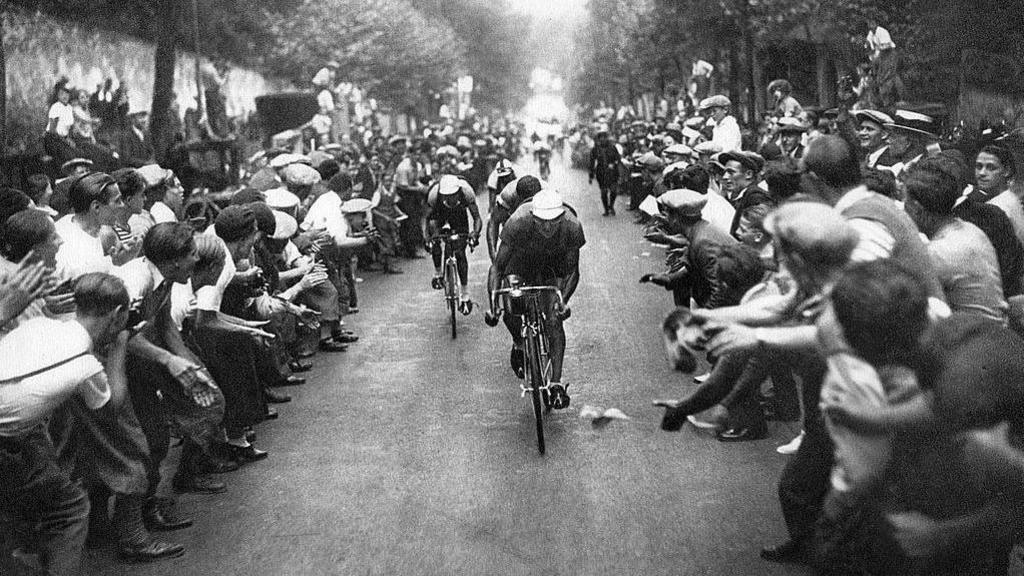
The race was started by Henri Desgrange as a publicity stunt back in 1903.
He came up with the idea of a bike race around France in order to raise the profile of a newspaper - L'Auto.
The first race was a huge success with 60 riders covering an amazing 1,500 miles.
What do the Tour de France coloured jerseys mean?
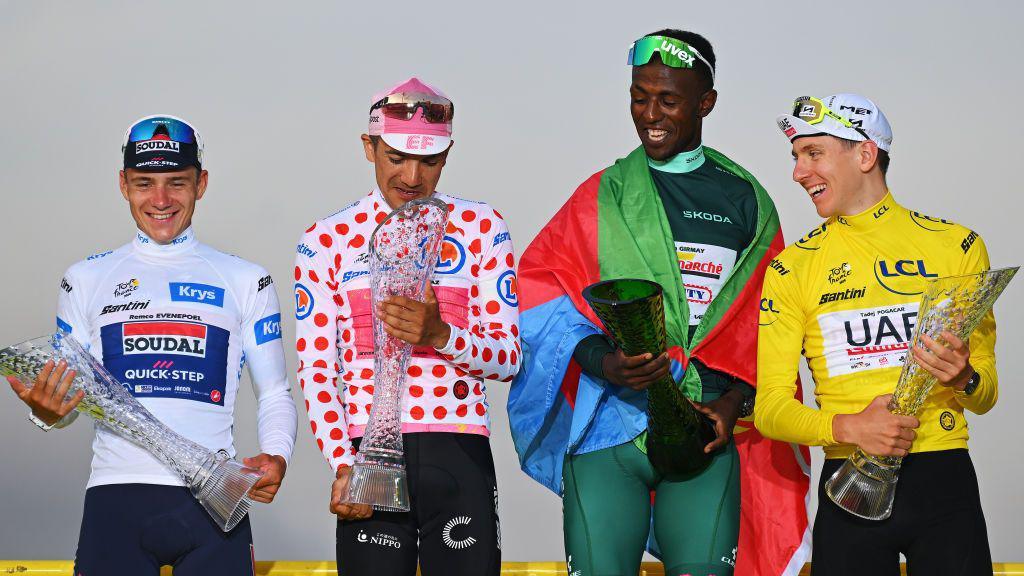
The Tour is like one big race with lots of smaller races going on inside it.
Riders might race to win a stage or to earn the right to wear one of the famous jerseys, which can change hands many times during the race:
The green jersey is the points prize. You often get points during the race and also for being one of the first riders over the line each day. It's usually won by a sprinter.
But the Tour isn't just about reaching the highest speeds - it's also known for its uphill struggles.
The riders climb thousands of metres up mountains in the Alps and Pyrenees, with the best rider on those stages winning a snazzy red and white polka dot jersey.
The white jersey is given to the best performing young rider - that's someone who's under 25 years old.
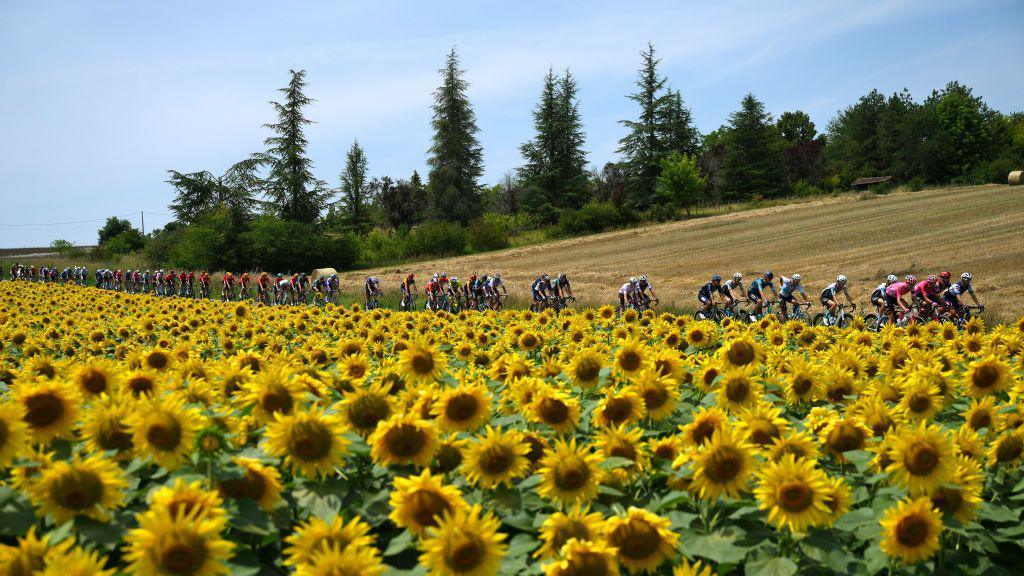
But the prize everyone dreams of is the yellow jersey. Riders compete fiercely to even have the chance to wear it for one day during the race, let alone to be wearing it as the winner at the end.
If you are wearing the Maillot Jaune (yellow jersey) it means you are the overall race leader on total time since the start of the Tour.
Tour champions are often strong at everything - climbing, sprinting and time-trialling.
Who won the Tour de France last year?
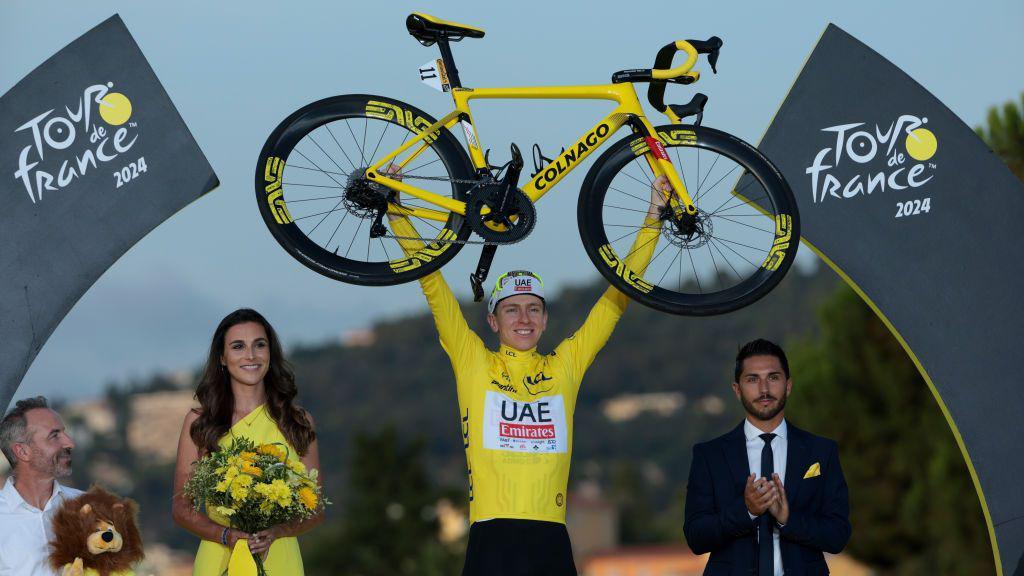
Last year, Slovenian cyclist Tadej Pogačar won the Tour de France.
It was his third Tour de France win, after he previously secured the title in 2020 and 2021.
In fact, 2024 was a great year for the 26-year-old.
He also won the Giro d'Italia (a cycling race around Italy) meaning he became the first man in more than 25 years to win cycling's two biggest races in the same year.
Does the Tour De France only take place in France?
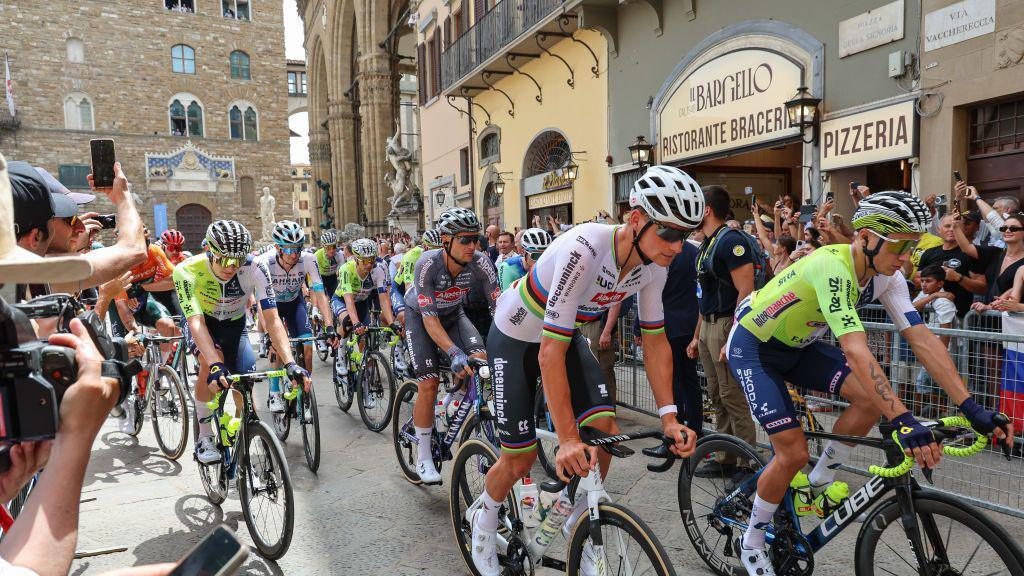
No - it regularly nips into other countries that border France and sometimes the race even starts in another country.
The first two days of racing, the Grand Départ, are traditionally held in a new location every two years.
In 2014 the Tour started in Yorkshire, and in 2023 the Italian city of Florence hosted the Grand Départ.
In 2027, the Grand Départ for both the men's and women's Tour de France will be held in Great Britain.
Organisers have confirmed that the men's race will set off from Edinburgh - and that Scotland, Wales and England will put on a stage in each of the events.
While the UK has hosted the men's event a number of times before, it'll be the first time that women's event - also called the Tour de France Femmes - will start here.
It'll also be the first time that both men's and women's events will kick off in the same nation, outside of France, in the same year.
What are the different types of stages?
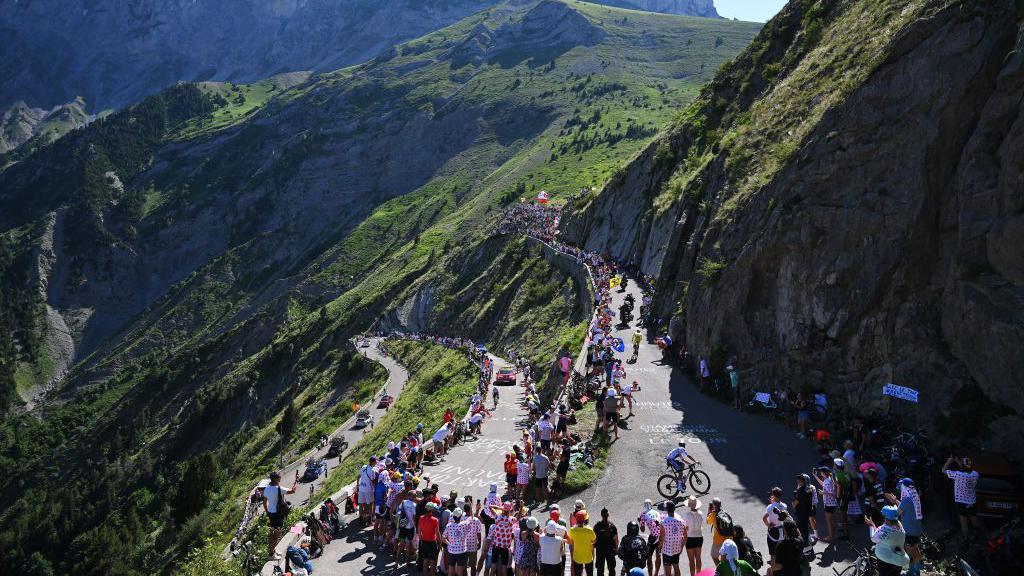
The race is broken up into 21 different parts or 'stages' and it isn't just flat roads. The Tour takes the riders up into the mountains too.
The different stages have different names:
Prologue: Each rider races against the clock in a short (usually under six miles) time trial.
Flat: Despite the name, it doesn't necessarily mean it's perfectly flat. Usually it's big packs of competitors riding together in a big group or 'peloton' for around 125 miles. These end in one of two ways - a 'breakaway' victory by an individual or small group, or typically with a hair-raising bunch sprint.
Time trial: A race against the clock. These are shorter stages of around 30 miles (as opposed to 100-125 miles). Sometimes riders do it by themselves, sometimes they ride as a team.
Mountain: These come in all shapes and sizes, climbing from sea level to 2,000 metres sometimes more than once in a day. Tough!
